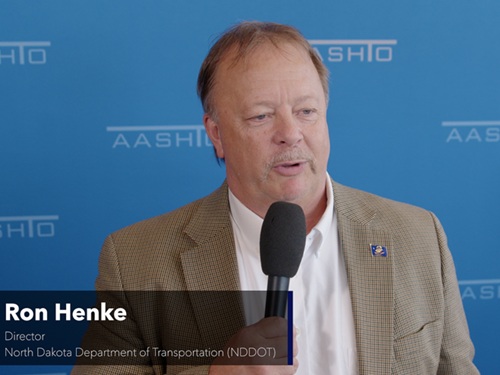The Ray in Georgia – a corporate venture devoted to technology testing along an 18-mile-long strip of Interstate 85 – is joining forces with the Georgia Department of Transportation and Panasonic to test a vehicle-to-everything or V2X data “ecosystem” designed to improve roadway safety, reduce traffic congestion, and improve organizational efficiency.
By leveraging the “CIRRUS by Panasonic” data management platform, the Georgia DOT will gain trial access over a period of two years to a V2X ecosystem that constant real-time information from The Ray highway and transmits critical roadway information between state traffic roadway operators and vehicles equipped with V2X technology.
In a statement, Panasonic said the CIRRUS V2X platform enables state DOTs to leverage the real-time, location-specific data to improve roadway safety, ease congestion, identify maintenance needs and roadway interruptions.
With an open development platform, the system can further enable advanced mobility solutions such as autonomous driving and freight platooning, and is built to capture the long tail of innovation with an endless number of transportation applications utilizing V2X technology, the firm noted.

Panasonic added that it will install and deploy its CIRRUS V2X platform along The Ray through the end of 2019, conducting demonstrations of its data management capabilities and various use cases through 2020 in cooperation with The Ray and Georgia DOT.
“It all comes down to safety,” said Harriet Langford, president and founder of The Ray, which is named after her father, industrialist Ray C. Anderson. “The data and details we will be able to gather and analyze from this system will allow transportation safety experts to study and understand vehicle crashes in a completely new way; kind of like having an airplane black box. In the future, we may even be able to intervene during or before dangerous conditions arise. That’s what this is all about: Ending highway fatalities.”
It’s all part of an effort to develop roads that produce zero carbon emissions, zero waste, and zero deaths, explained Allie Kelly, The Ray’s executive director, during a presentation August 7 at an American Association of State Highway and Transportation Officials Center for Environmental Excellence meeting in Minneapolis.
She added that The Ray uses a public private philanthropic partnership or P4 model help mitigate the risk for state DOTs and FHWA “in trying new technologies and innovations” like V2X.
 Nation
Nation
North Dakota DOT Profiled in State DOT Update
July 3, 2025 Nation
Nation

